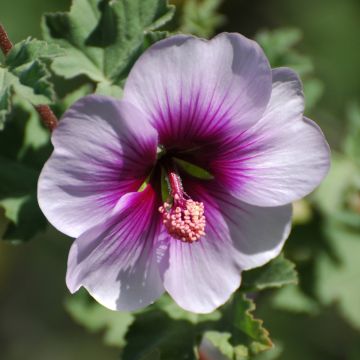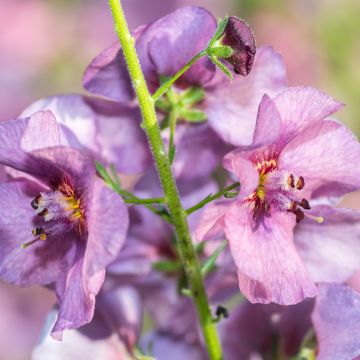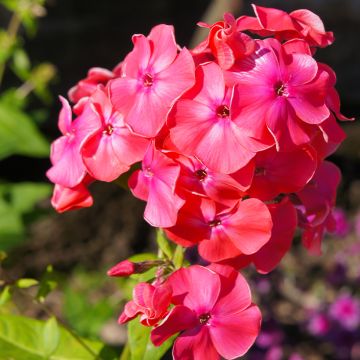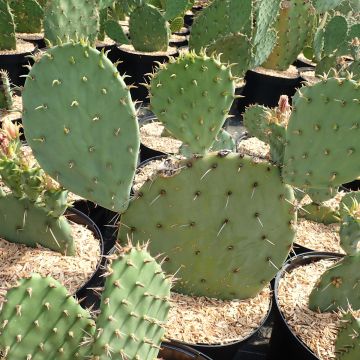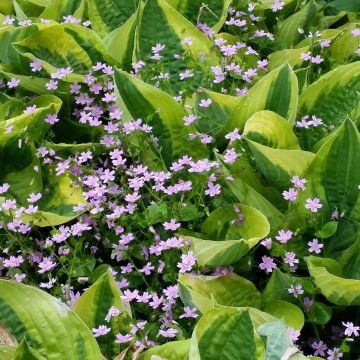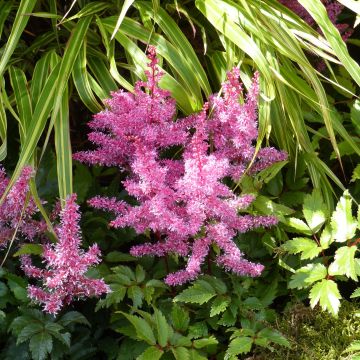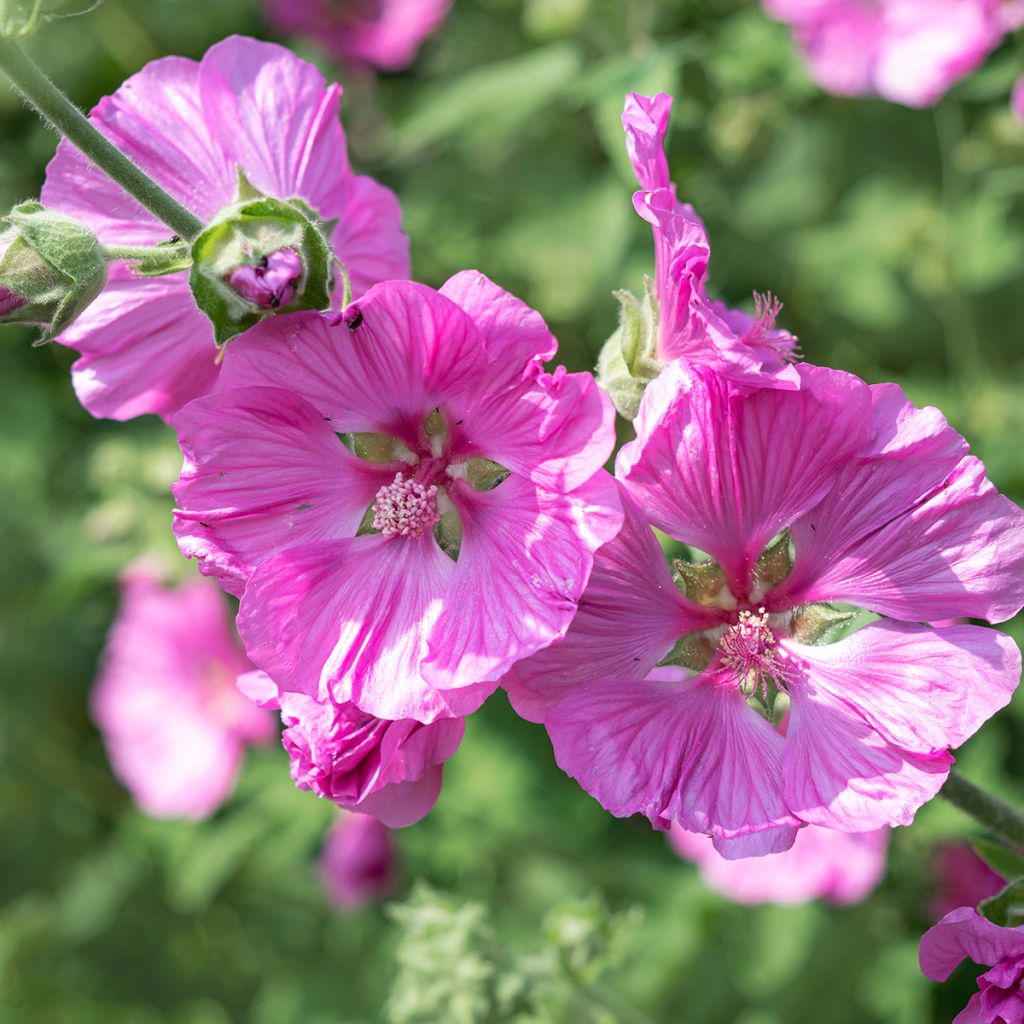

Lavatera thuringiaca Bredon Springs - Tree Mallow
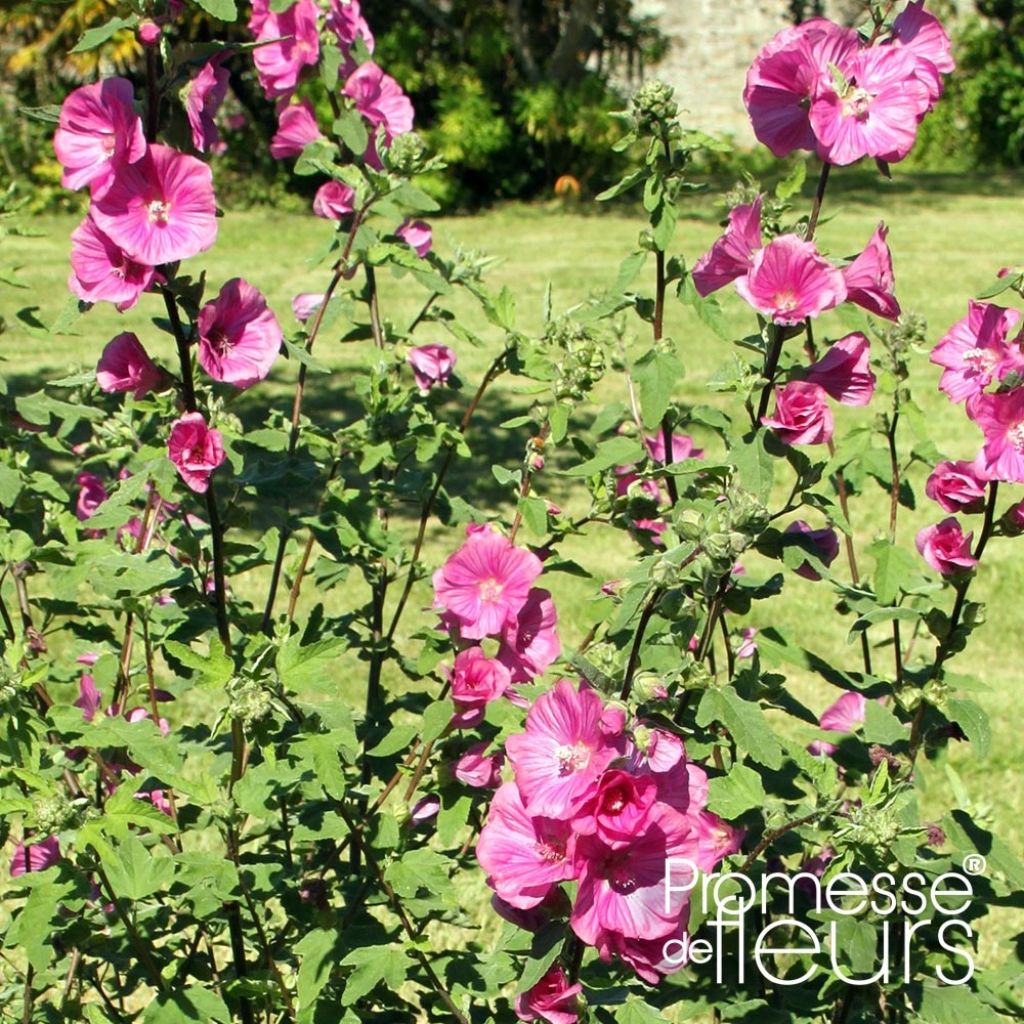

Lavatera thuringiaca Bredon Springs - Tree Mallow
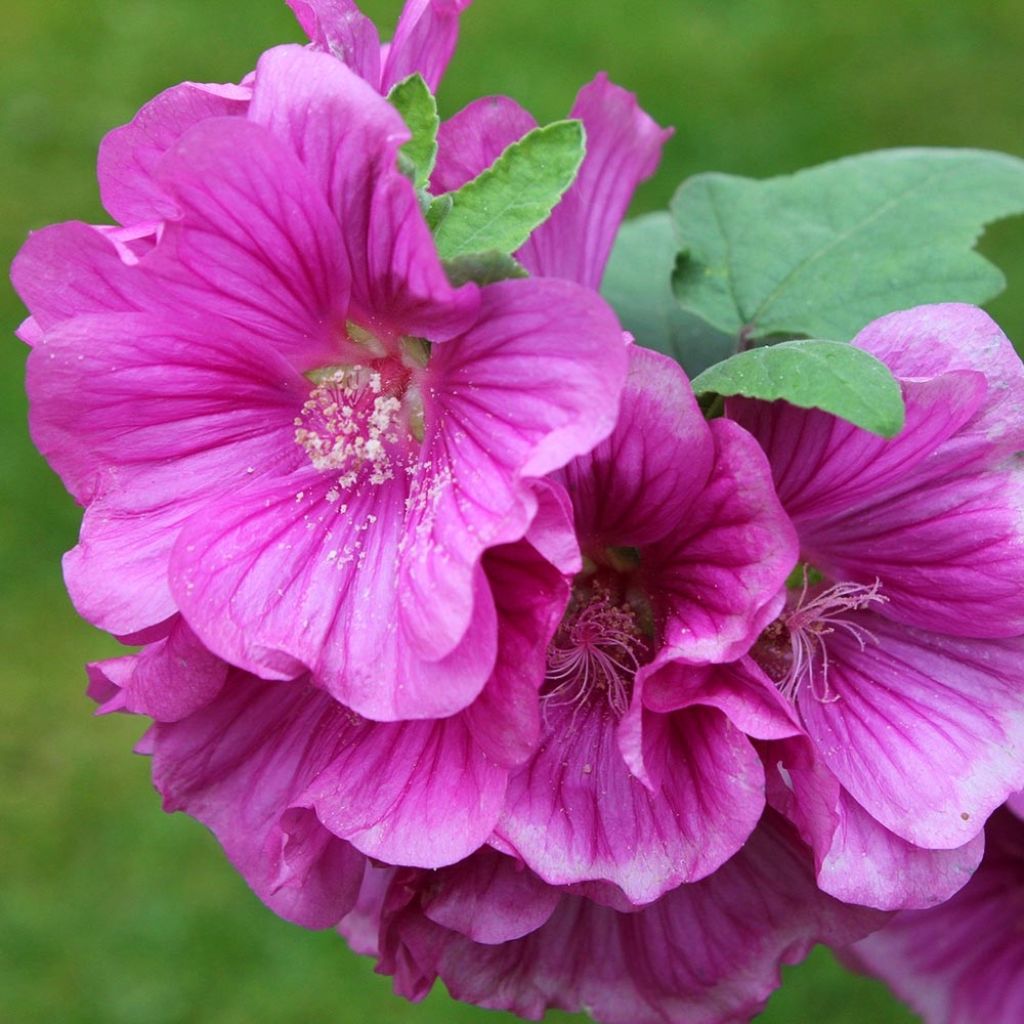

Lavatera thuringiaca Bredon Springs - Tree Mallow
Lavatera thuringiaca Bredon Springs - Tree Mallow
Lavatera thuringiaca Bredon Springs
Garden Tree-mallow, Thuringian Mallow, Tree Mallow
I'm waiting for spring 2025 to see if it flowers this summer, it has grown well...
Evelyne, 12/10/2024
Special offer!
Receive a €20 voucher for any order over €90 (excluding delivery costs, credit notes, and plastic-free options)!
1- Add your favorite plants to your cart.
2- Once you have reached €90, confirm your order (you can even choose the delivery date!).
3- As soon as your order is shipped, you will receive an email containing your voucher code, valid for 3 months (90 days).
Your voucher is unique and can only be used once, for any order with a minimum value of €20, excluding delivery costs.
Can be combined with other current offers, non-divisible and non-refundable.
Home or relay delivery (depending on size and destination)
Schedule delivery date,
and select date in basket
This plant carries a 24 months recovery warranty
More information
We guarantee the quality of our plants for a full growing cycle, and will replace at our expense any plant that fails to recover under normal climatic and planting conditions.


Would this plant suit my garden?
Set up your Plantfit profile →
Description
Lavatera thuringiaca 'Bredon Springs' is perhaps the most spectacular of the shrubby lavateras. It quickly forms a lush bush, as wide as it is tall, on which numerous flowers of a deep pink-mauve colour appear at a frenetic pace, visible from afar and lasting for almost 4 months. Its beautiful green and velvety foliage may persist in winter depending on the region. It is a generous plant, not very demanding, and very easy to grow in any well-drained soil.
Lavateras belong to the large family of Malvaceae, they are cousins of mallow and hollyhocks. It is a genus that includes many species, some more woody than others and can be annuals, biennials or perennials. They originate from various temperate regions around the globe but are mainly found in Mediterranean climates. Shrubby lavateras are generally quite short-lived, only living for 3 or 4 years, sometimes longer when regularly pruned, but they multiply easily when propagated by cuttings.
'Bredon Springs' is a shrubby hybrid that has been awarded in England by the RHS for its exceptional qualities. The very vigorous plant has a bushy and well-branched habit from the base, very dense, as wide as it is tall. In the space of two years, it reaches 1.5m (5ft) to 1.75m (6ft) in all directions, up to 2m (7ft) depending on whether it is pruned more or less severely at the beginning of spring. This abundant and generous shrub offers flowers with a diameter of 5cm (2in), single cups composed of petals of a slightly mauve pink colour, veined with purplish pink. These flowers are short-lived but continually renew from June-July to August-September. The foliage is composed of rounded palmately lobed leaves, 3 to 5cm (1 to 2in) in diameter, slightly velvety, in a fairly dark green shade. This lavatera is hardy down to -12°C/-15°C (5°F) in healthy and well-drained soil. Young plants tolerate frost better than adult specimens.
The 'Bredon Springs' lavatera charms with its color, generosity, and beautiful presence, comparable to that of a shrub. It will be beautiful in a flowering hedge or integrated into a bed of summer-flowering shrubs (Buddleias, Perovskia, Indian lilacs). It also goes very well with white, pink, or mauve shrub roses and the delicate flowers of white or red gauras. It is a plant for full sun that will tolerate partial shade in hot climates and will be more perennial in well-drained soil. Its pairing with Sages, or even with its annual cousins the Malopes (Malope 'Glacier Fruits Mixed') and the Mallow is full of romance.
Report an error about the product description
Lavatera thuringiaca Bredon Springs - Tree Mallow in pictures
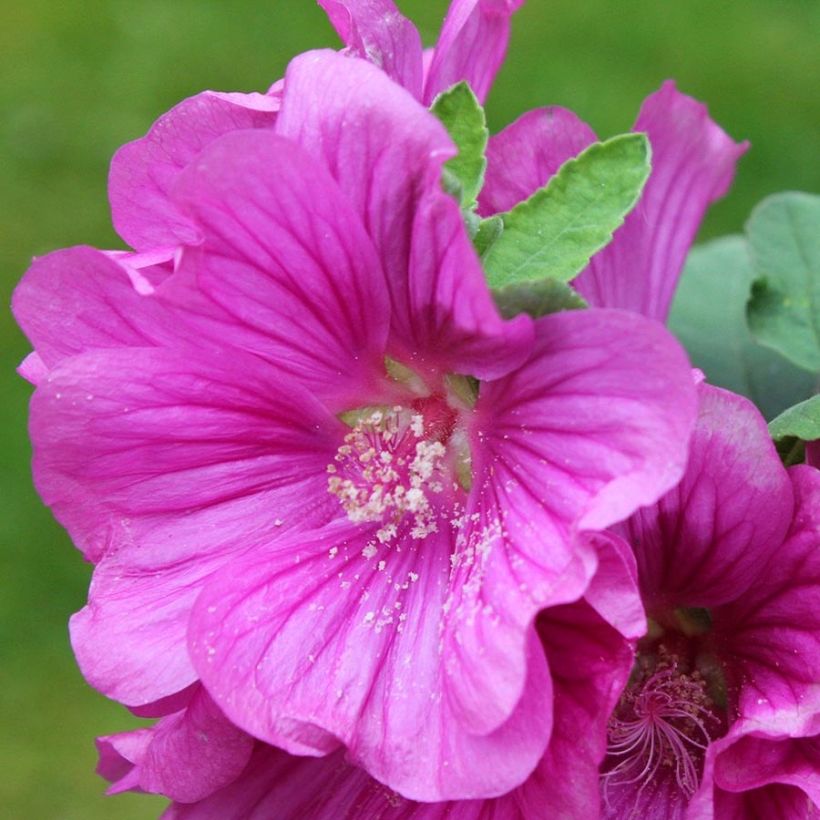

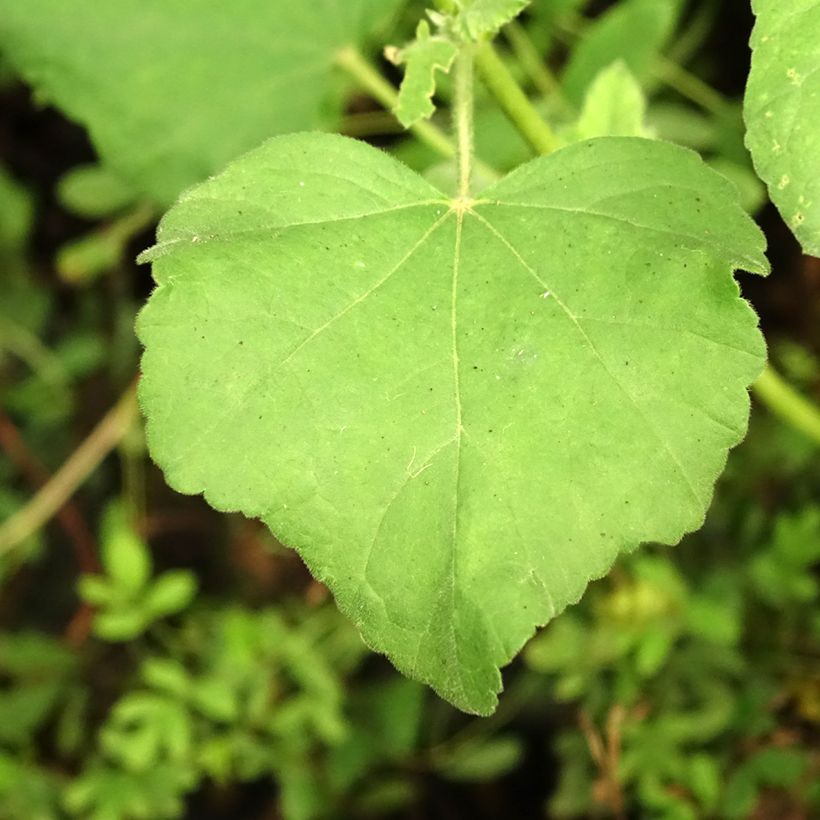

Plant habit
Flowering
Foliage
Botanical data
Lavatera
thuringiaca
Bredon Springs
Malvaceae
Garden Tree-mallow, Thuringian Mallow, Tree Mallow
Cultivar or hybrid
Other Lavatera - Tree Mallow
View all →Planting and care
Plant the 'Bredon Springs' shrubby Lavatera in the sun (or even in partial shade in hot and sunny regions), in deep, not-too-rich soil, moist to dry, but above all well-drained. This plant tolerates limestone and the presence of rocks in the soil very well, and its very deep root allows it to withstand summer drought. Protect it from cold and drying winds in very cold regions. Do not hesitate to cut flowers: pruning stimulates growth and makes the plants stronger. At the beginning of winter, prune the stems to 30cm (12in) from the ground, above the first buds, and if the winter is very cold, mulch the base of your plants. You can also give them a shape pruning in early spring. These plants have a lifespan of 4 to 5 years. In large flower beds, renew one plant out of three each year. Every year, as soon as the buds swell in March, leave only two or three buds at the base of the new shoots, in order to form a sturdy framework. Remove excess or poorly placed old wood. Lavatera can be susceptible to rust in humid climates, root rot, and fungal infections from heavy soil.
Planting period
Intended location
Care
-
, onOrder confirmed
Reply from on Promesse de fleurs
Similar products
Haven't found what you were looking for?
Hardiness is the lowest winter temperature a plant can endure without suffering serious damage or even dying. However, hardiness is affected by location (a sheltered area, such as a patio), protection (winter cover) and soil type (hardiness is improved by well-drained soil).

Photo Sharing Terms & Conditions
In order to encourage gardeners to interact and share their experiences, Promesse de fleurs offers various media enabling content to be uploaded onto its Site - in particular via the ‘Photo sharing’ module.
The User agrees to refrain from:
- Posting any content that is illegal, prejudicial, insulting, racist, inciteful to hatred, revisionist, contrary to public decency, that infringes on privacy or on the privacy rights of third parties, in particular the publicity rights of persons and goods, intellectual property rights, or the right to privacy.
- Submitting content on behalf of a third party;
- Impersonate the identity of a third party and/or publish any personal information about a third party;
In general, the User undertakes to refrain from any unethical behaviour.
All Content (in particular text, comments, files, images, photos, videos, creative works, etc.), which may be subject to property or intellectual property rights, image or other private rights, shall remain the property of the User, subject to the limited rights granted by the terms of the licence granted by Promesse de fleurs as stated below. Users are at liberty to publish or not to publish such Content on the Site, notably via the ‘Photo Sharing’ facility, and accept that this Content shall be made public and freely accessible, notably on the Internet.
Users further acknowledge, undertake to have ,and guarantee that they hold all necessary rights and permissions to publish such material on the Site, in particular with regard to the legislation in force pertaining to any privacy, property, intellectual property, image, or contractual rights, or rights of any other nature. By publishing such Content on the Site, Users acknowledge accepting full liability as publishers of the Content within the meaning of the law, and grant Promesse de fleurs, free of charge, an inclusive, worldwide licence for the said Content for the entire duration of its publication, including all reproduction, representation, up/downloading, displaying, performing, transmission, and storage rights.
Users also grant permission for their name to be linked to the Content and accept that this link may not always be made available.
By engaging in posting material, Users consent to their Content becoming automatically accessible on the Internet, in particular on other sites and/or blogs and/or web pages of the Promesse de fleurs site, including in particular social pages and the Promesse de fleurs catalogue.
Users may secure the removal of entrusted content free of charge by issuing a simple request via our contact form.
The flowering period indicated on our website applies to countries and regions located in USDA zone 8 (France, the United Kingdom, Ireland, the Netherlands, etc.)
It will vary according to where you live:
- In zones 9 to 10 (Italy, Spain, Greece, etc.), flowering will occur about 2 to 4 weeks earlier.
- In zones 6 to 7 (Germany, Poland, Slovenia, and lower mountainous regions), flowering will be delayed by 2 to 3 weeks.
- In zone 5 (Central Europe, Scandinavia), blooming will be delayed by 3 to 5 weeks.
In temperate climates, pruning of spring-flowering shrubs (forsythia, spireas, etc.) should be done just after flowering.
Pruning of summer-flowering shrubs (Indian Lilac, Perovskia, etc.) can be done in winter or spring.
In cold regions as well as with frost-sensitive plants, avoid pruning too early when severe frosts may still occur.
The planting period indicated on our website applies to countries and regions located in USDA zone 8 (France, United Kingdom, Ireland, Netherlands).
It will vary according to where you live:
- In Mediterranean zones (Marseille, Madrid, Milan, etc.), autumn and winter are the best planting periods.
- In continental zones (Strasbourg, Munich, Vienna, etc.), delay planting by 2 to 3 weeks in spring and bring it forward by 2 to 4 weeks in autumn.
- In mountainous regions (the Alps, Pyrenees, Carpathians, etc.), it is best to plant in late spring (May-June) or late summer (August-September).
The harvesting period indicated on our website applies to countries and regions in USDA zone 8 (France, England, Ireland, the Netherlands).
In colder areas (Scandinavia, Poland, Austria...) fruit and vegetable harvests are likely to be delayed by 3-4 weeks.
In warmer areas (Italy, Spain, Greece, etc.), harvesting will probably take place earlier, depending on weather conditions.
The sowing periods indicated on our website apply to countries and regions within USDA Zone 8 (France, UK, Ireland, Netherlands).
In colder areas (Scandinavia, Poland, Austria...), delay any outdoor sowing by 3-4 weeks, or sow under glass.
In warmer climes (Italy, Spain, Greece, etc.), bring outdoor sowing forward by a few weeks.






























